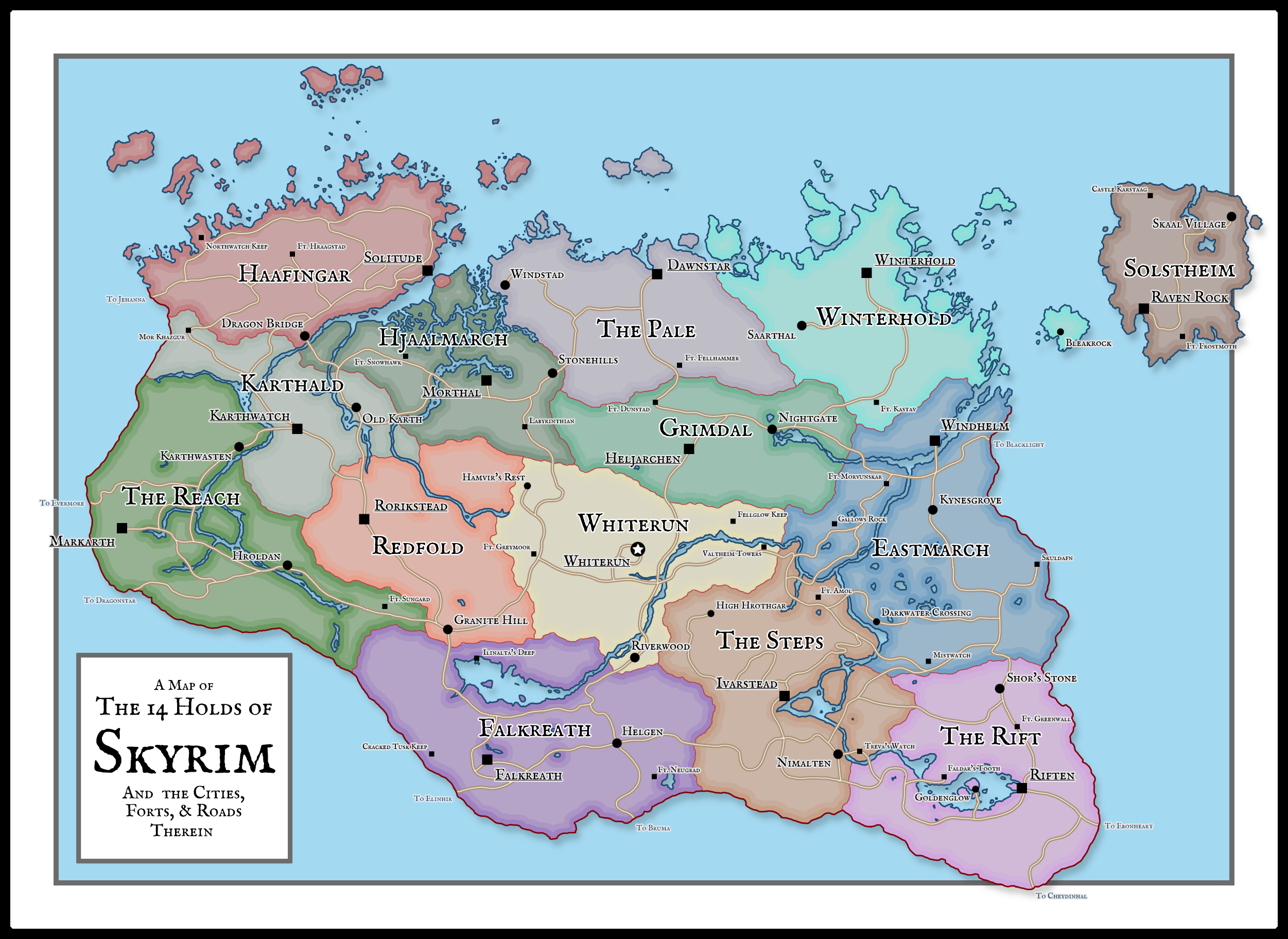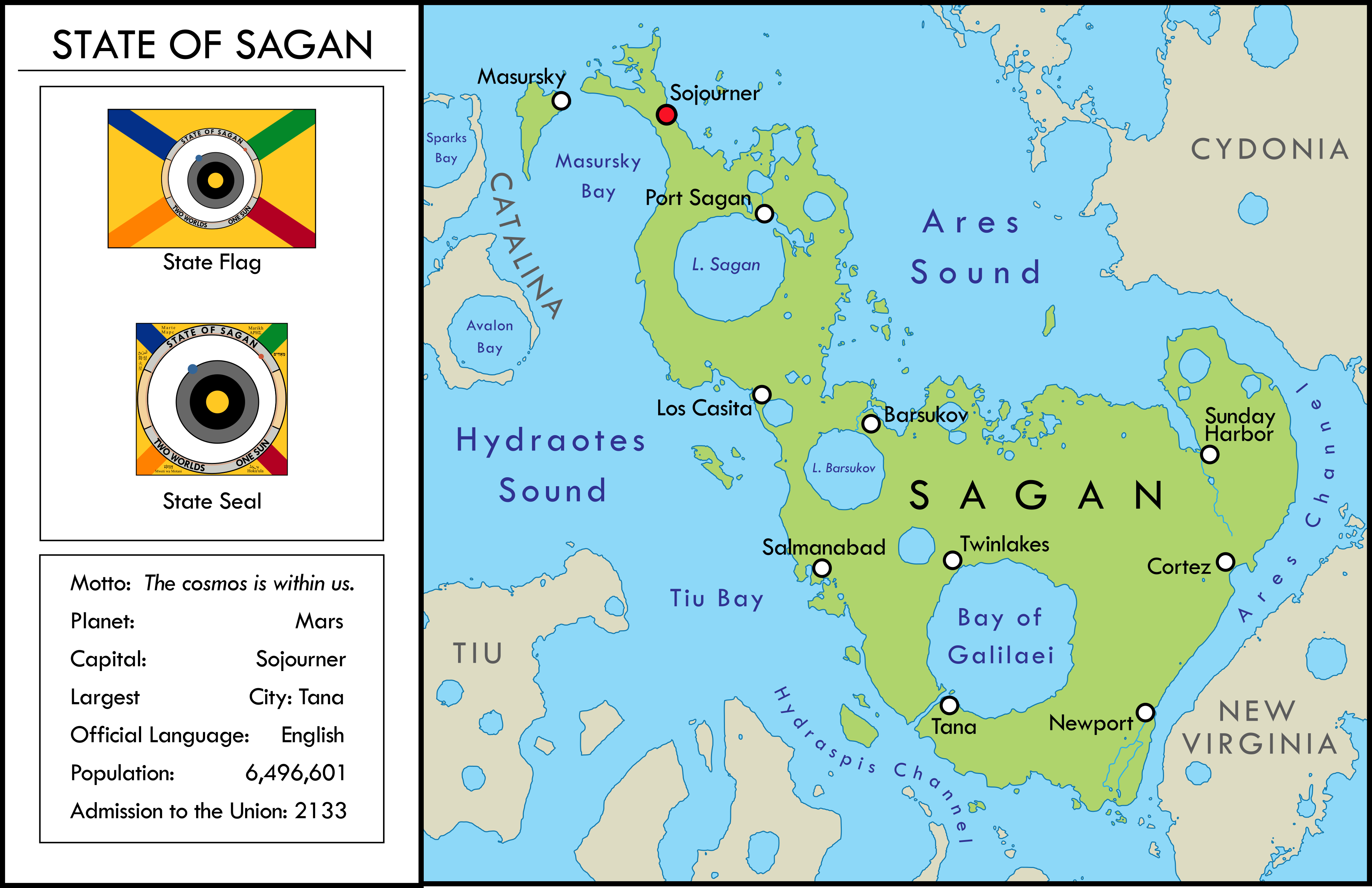A bit. TESV lies in the aftermath of the Great War, so this would have to address that. It still ends as in canon: Imperial victory, the signing of the White-Gold Concordat, Hammerfell rebelling, and the banning of Talos worship. The Markarth Incident still occurs, leading to Ulfric's capture, his "duel" against Torygg, and the eventual start of the Stormcloak Rebellion. However, the political field for both loyalists and rebels is less cut and dry than those we see in the game:
- Solitude and Windhelm are the core of each faction, but outlying nobles disagree and only go along with things begrudgingly; some Haafingarians see the Imperial allowance of Thalmor presence on their land as dishonorable; the dissenters of Eastmarch say the same about Ulfric's actions toward Torygg and see him as weakening Skyrim first with his hasty actions.
- Their staunch allied holds, Imperial Redfold and Stormcloak Grimdal respectively, see the most fighting as the warfronts on each side. Neutral Whiterun sees both sides take to the roads crisscrossing the hold to battle in the opposing hold's land. However, violence is just a step away from outright happening on Whiterun's domain, and the raiders of Redfold and Grimdal have made it known that Whiterun's allegiance will be forced, else the Whiterunners suffer.
- The Reach is a mess: Ulfric has wrecked Hroldan, prompting the southern Reachmen to incite their tribal allies into waging guerilla war, marking themselves as the Forsworn; the Silver-Bloods are using the violence as an excuse to try and bring the hammer down on the Reachmen businesses of Karthwasten, who are appealing to Solitude as the bastion of Reachman peace and order; and Jarl Igmund, estranged from his Reachmen and Nord allies alike, must contend with the legacy of his father's actions and gain back his power and peace in the hold.
- Winterhold proper is a cosmopolitan city and proclaimed neutral, but Saarthal as an ancient Nordic capital harbors the more Stormcloak-sympathizing denizens. Thus there is a feud ongoing about Winterhold's continued dominance of the hold, prompting some to look to Saarthal's Eye of Magnus to see if they can change that balance...
- While more traditionalist, the people of the Steps hold to old Nordic religious beliefs... which exclude the worship of Talos as divine. Venerated as a hero-king, yes, but a god? Blasphemy. And Ulfric's use of the Thu'um to kill the High King? Heretical. But there is also little to gain from the weak Empire; who is to say that they won't extend their ban to the Nordic gods themselves, or to the Thu'um? Thus, Ivarstead remains neutral.



